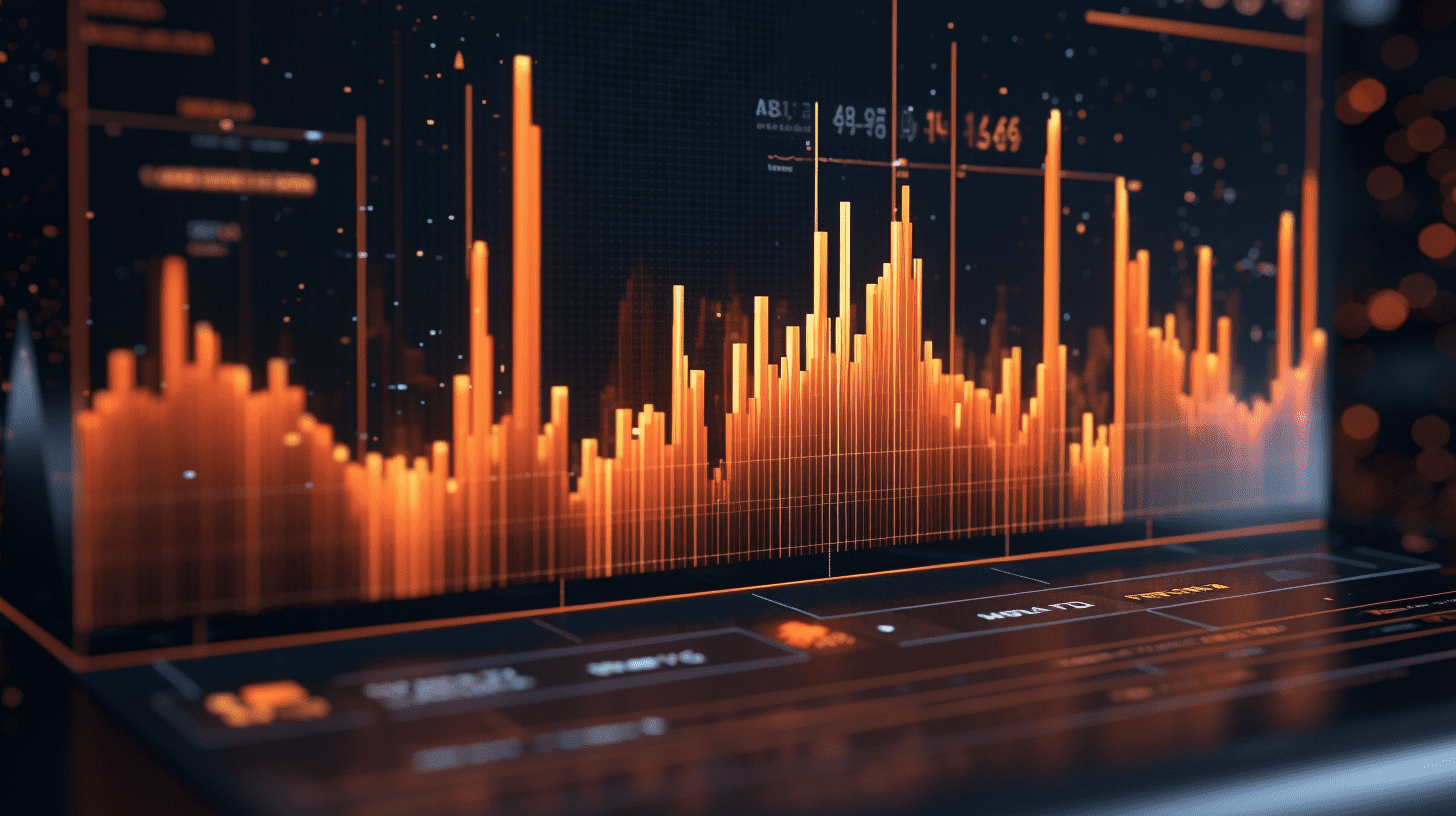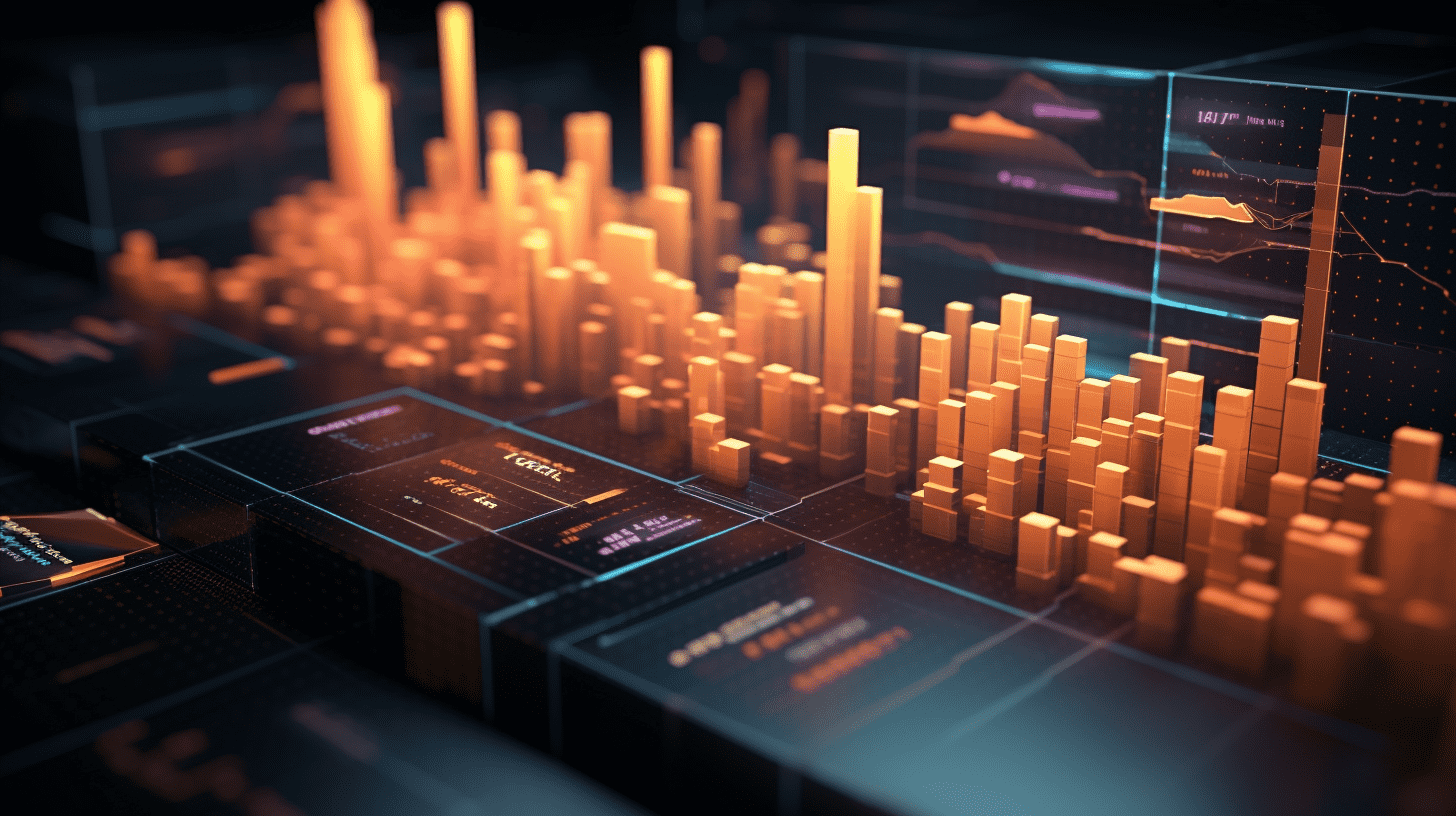Industrial: The profitability of the photovoltaic industry is under pressure, and business strategies of companies are becoming more conservative. The improvement in cash flow at the bottom is gradually becoming clear.
Currently, manufacturers at all stages of the photovoltaic industry are exploring nodes for dynamic supply-demand rebalancing. The China Photovoltaic Industry Association organized a "Symposium on Price Mechanism for Bidding on Photovoltaic Power Station Construction" and proposed further optimizing the bidding mechanism for photovoltaic power station construction.
Industrial released a research report stating that the profit indicators of the photovoltaic industry, such as gross profit margin and net profit margin, declined compared to the previous quarter, putting pressure on the industry's operating profit. Sales expense ratio and other expenses all declined compared to the previous quarter, requiring increased cost control. Operating cash flow improved compared to the previous quarter, while inventory and capital expenditures declined, reflecting a conservative trend in industry companies' operating strategies. With the increase in the proportion of N-type in the industry and stable prices in the industrial chain, factors such as asset impairment and credit impairment are expected to weaken profit disturbances. Currently, manufacturers in various segments of the PV industry are exploring the balance point of supply and demand dynamics, and the China Photovoltaic Industry Association organized a "discussion on the bidding mechanism for the construction of photovoltaic power plants" to suggest further optimization of the bidding mechanism for the construction of photovoltaic power plants.
Photovoltaic sector overview: Profit pressures in the industry, with companies adopting conservative operating strategies. The single-quarter revenue of the photovoltaic industry in Q2 2024 reached 272.6 billion yuan, a year-on-year decline of 21% but an increase of 17% compared to the previous quarter. However, both the net profit attributable to the parent and the non-GAAP net profit for the quarter turned into losses, with a loss of 4.7 billion yuan and 5.8 billion yuan, respectively. Looking at the operating situation of the industry in Q2, indicators such as gross profit margin and net profit margin all declined compared to the previous quarter, putting pressure on the industry's operating profit. Sales expense ratio and other expenses also decreased compared to the previous quarter, indicating a need for increased cost control. Operating cash flow improved compared to the previous quarter, while inventory and capital expenditures declined, reflecting a conservative trend in the operating strategies of companies within the industry. With the increase in the proportion of N-type and the stability of prices in the industrial chain, factors such as asset impairment and credit impairment are expected to weaken profit disturbances.
Main chain: In the silicon material segment, although the losses in Q2 widened, cash flow improved compared to the previous quarter, with related companies closely controlling production management, continuously reducing costs, and ultimately achieving growth and savings in cash flow. In the silicon wafer segment, the operating pressure in Q2 worsened, awaiting clearance, and profitability is expected to recover after capacity clearance. Due to operating pressure and asset impairment, among other reasons, losses in the battery segment expanded in Q2, with an increase in the asset-liability ratio. If future capital expenditures further decrease, industry competition pressure is expected to ease. In the component segment, profits in Q2 were greatly influenced by asset impairment, with operating cash flow turning positive, reflecting the performance of the component segment.
Inverters and supports: In the inverter segment, there was a mixed trend in gross profit margin and net profit margin in Q2, mainly due to different degrees of decline in various expense ratios, reflecting strengthened cost control in the inverter segment. For supports, the gross profit margin slightly declined in Q2 compared to the previous quarter, with an increase in inventory, and it is recommended to pay attention to future progress in shipments.
Materials: In the silicon wafer segment, revenue declined compared to the previous quarter, with a decrease in capital expenditures; in the battery segment, revenues and profits of materials (silver paste) increased sharply in Q2, and the focus in the future should be on any credit impairment losses. In the component segment, profits continued to be under pressure in Q2, making it necessary to monitor the trend of capital expenditures. There is a possibility that industry competition will slow down. For materials in the component segment (frames, solder strips, junction boxes), it is important to pay attention to any credit impairment losses in the industry.
Equipment: Revenue and profit trends in Q2 varied among equipment manufacturers, with significant impacts from credit and asset impairment losses, mainly due to prudent provisioning of inventory impairment and accounts receivable management pressure generated by downstream industry clearance.
Investment advice: Currently, manufacturers in various segments of the photovoltaic industry are exploring the balance point of supply and demand dynamics. The China Photovoltaic Industry Association organized a "discussion on the bidding mechanism for the construction of photovoltaic power plants" to suggest further optimization of the bidding mechanism for the construction of photovoltaic power plants. It is expected that in the future, with the joint efforts of policy guidance and market adjustment mechanisms, the industry will accelerate the optimization of the layout and the clearance of outdated capacity, and expectations of interest rate cuts in Europe and the United States will also provide continued support for the upward trend in photovoltaic demand.
(1) From a stable performance perspective, it is recommended to focus on the inverter and support segments, and recommend Sungrow Power Supply (300274.SZ), Ningbo Deye Technology (605117.SH). It is also recommended to focus on Ginlong Technologies (300763.SZ), Jiangsu Goodwe Power Supply Technology Co., Ltd. (688390.SH), Hoymiles Power Electronics Inc. (688032.SH), Yuneng Technology (688348.SH), SolaX Power Network Technology (688289.SH), Arctech Solar Holding (688408.SH).
(2) From a new technology perspective, it is recommended to focus on the progress of BC and HJT technologies, and recommend LONGi Green Energy Technology (601012.SH), Tongwei Co., Ltd. (600438.SH), Shanghai Aiko Solar Energy (600732.SH), Changzhou Shichuang Energy (688429.SH), Wuhan DR Laser Technology Corp. (300776.SZ) (mechanical group coverage), Suzhou Maxwell Technologies (300751.SZ) (mechanical group coverage).
(3) From the perspective of the high premium market and the shortage of battery capacity, it is recommended to invest in Hainan Drinda New Energy Technology (002865.SZ), CSI Solar Co., Ltd. (688472.SH), Jinko Solar (688223.SH) (an Industrial market company), Trina Solar Co., Ltd. (688599.SH), JA Solar Technology (002459.SZ), and pay attention to Hengdian Group DMEGC Magnetics (002056.SZ).
Risk warning: Macroeconomic fluctuations; changes in industry policies; downstream demand lower than expected.Changes in overseas trade policies; Jinko Solar, TONYSHARE, and HAITAI act as market-making companies for Industrial."Je veux manger une pizza ce soir?"
"Do I want to eat a pizza tonight?"
Related Articles

BORTEX GLOBAL (08118) announces its interim performance with a net profit attributable to equity holders of HKD 100,000, representing a decrease of 83.55% year-on-year.

Zhongsu's IPO "suspended". Its core products include modified PC, PC/ABS and other high-performance engineering materials.

CN HEALTH TECH (01069) appointed Bi Xue as chairman
BORTEX GLOBAL (08118) announces its interim performance with a net profit attributable to equity holders of HKD 100,000, representing a decrease of 83.55% year-on-year.

Zhongsu's IPO "suspended". Its core products include modified PC, PC/ABS and other high-performance engineering materials.

CN HEALTH TECH (01069) appointed Bi Xue as chairman






